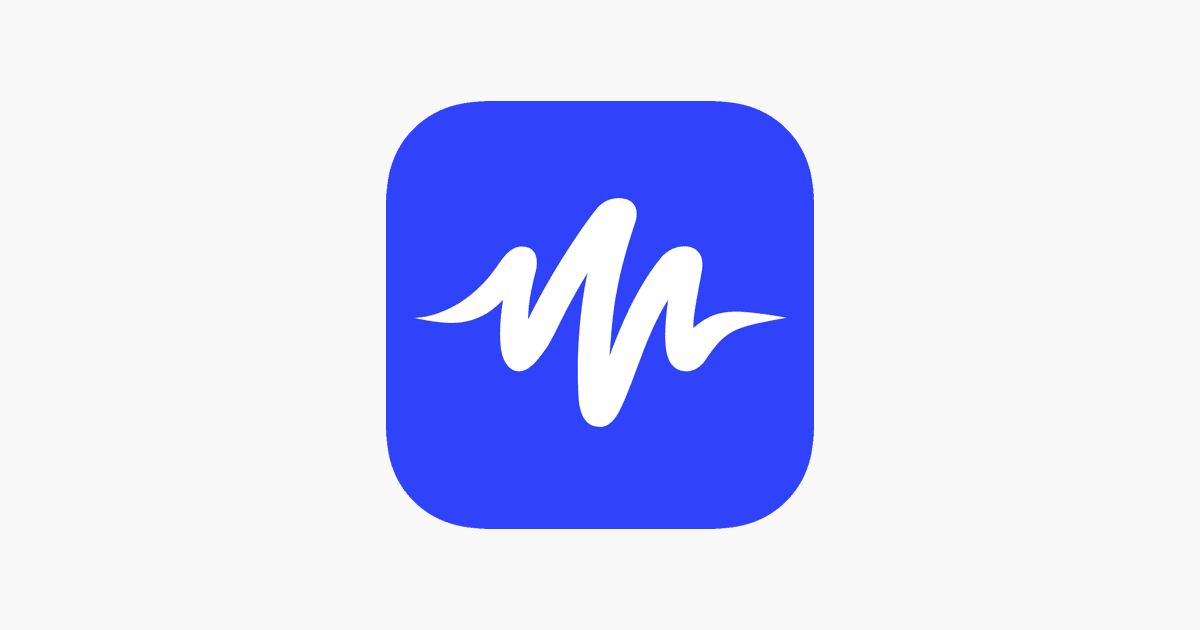There’s a narrative out there, a ghost story that gets told about authors like me. It whispers that because I use AI to help me write, my work isn't my own. That I’m letting a machine do the hard part, that I'm somehow cheating the system. I’ve gotten the flack, seen the digital pitchforks, and felt the sting of being written off by 90% of the world for it.
Let’s get one thing straight: that’s a bullshit story.
My use of technology isn't a shortcut. It's a goddamn survival mechanism. It's the ultimate expression of my entire brand: Radical Resilience. It’s the daily, gritty practice of building a better system when the ones the world provides have failed you.
I'm not going to give you the highlight reel. I'm going to give you the truth. My body often feels like a battlefield I'm losing. I live with POTS and TIC, which means sitting upright at a computer for hours is a dizzying, painful endurance test. It means my hands shake, making every typed word a potential typo. It means my energy is a finite, precious resource that I have to guard like a dragon.
The traditional image of a writer—hunched over a keyboard for days, fueled by coffee and sheer will—that doesn't work for me. That system would kill me. So I did what I always do. I hacked it. I built my own operating system.
This isn’t an apology because I don't owe anyone one. This is a battle plan. For those who are curious, and for those who are skeptical, here is the anatomy of how a Mariah Tyler Moore story is born.
My Radically Resilient Writing Arsenal:
- The Chaos Capture (Voice Notes & Siri): Every idea starts as a voice. I talk to myself. I word vomit into my phone, capturing raw, unfiltered thoughts without the barrier of a keyboard. It’s messy, it’s chaotic, and it’s 100% human.
- Mapping the Multiverse (Coggle.it): I take that chaos and give it structure. I build a digital mind map, a visual web of plot points, character arcs, and thematic threads. This is where the universe of the story takes shape, every connection intentionally placed.
- Forging the Skeleton (The Outline): In a .docx, I build the skeleton. I section out the entire novel, chapter by chapter, scene by scene. I write down exactly what needs to happen, creating a detailed blueprint before a single narrative sentence is written.
- Arming the Intel (Research): This is where I go digging. I use Google and its AI-powered overviews to learn, to understand, to ensure that the worlds I build are grounded, whether it's the specifics of a medical condition or the physics of a fantasy world. Every note is compiled, cited, and integrated into my plan.
- The First Blood (Speech-to-Text & Typing): This is the fight. It's a painful, hours-long process of getting the words onto the page, using speech-to-text to save my hands and typing when I have the strength. I put down as many sentences as I can, building the flesh onto the skeleton.
- The Digital Sparring Partner (Gemini's Editorial Gem): Now the first draft—a raw, typo-ridden, human document—goes to my first tool. I don’t ask it to write. I ask it to correct. It’s Grammarly on steroids. It finds the spelling errors my shaking hands made, points out the punctuation I missed, and suggests better syntax. It’s not a ghostwriter; it’s a copyeditor.
- The Auditory Debug (Speechify AI https://speechify.com/?srsltid=AfmBOopkJoxFAIp7SOOrI2ByWXvt6Pt6NdI47SCsL-ATQ1tlUl-vOJSo): I can’t stare at a screen for hours to edit. It makes me dizzy. So, I have an AI read my own work back to me. I listen, chapter by chapter, catching awkward phrasing, clunky dialogue, and plot holes that you can only hear, not see. I am editing, deeply and meticulously, using my ears instead of my eyes.
- Calling in the Found Family (Human Editors): The refined draft then goes to the most important judges: my best friend and my boyfriend. We sit together, listening to the Speechify read-aloud, and they give me their honest, human feedback. They tell me what resonates, what falls flat, and where the emotional core needs to be stronger. This human connection is non-negotiable.
- The Final Systems Check (Gemini, Again): After integrating the human feedback, I run the manuscript through one last time. I ask the tool to check for consistency, to ensure a character's eye color hasn't changed, or a plot point from Chapter 2 wasn't contradicted in Chapter 20. It’s a final sweep for continuity errors.
- Publish.
That is not the process of an author using AI to generate work. That is the process of a Wounded Healer who has built a suite of tools to bypass her body's limitations so she can get the stories out of her head and into your hands.
I have the notes, the mind maps, the time-stamped voice memos, and the human witnesses to prove every single word is mine.
The irony of the criticism isn’t lost on me. I write stories about people with disabilities and neurodivergence who use their unique traits to build better systems and change the world. My own life and process are a testament to that exact theme.
To believe that using the tools we create is somehow "unnatural" is a failure of imagination. It’s a relic of a world that wants to keep people in boxes. I don't really care about that debate. I love writing, and I will use every ethical, human-developed tool at my disposal to do it in a way that works for me.
My work is all mine. The resilience is all mine. The power is all mine. The tools are just that: tools. And a warrior uses every weapon in her arsenal.
